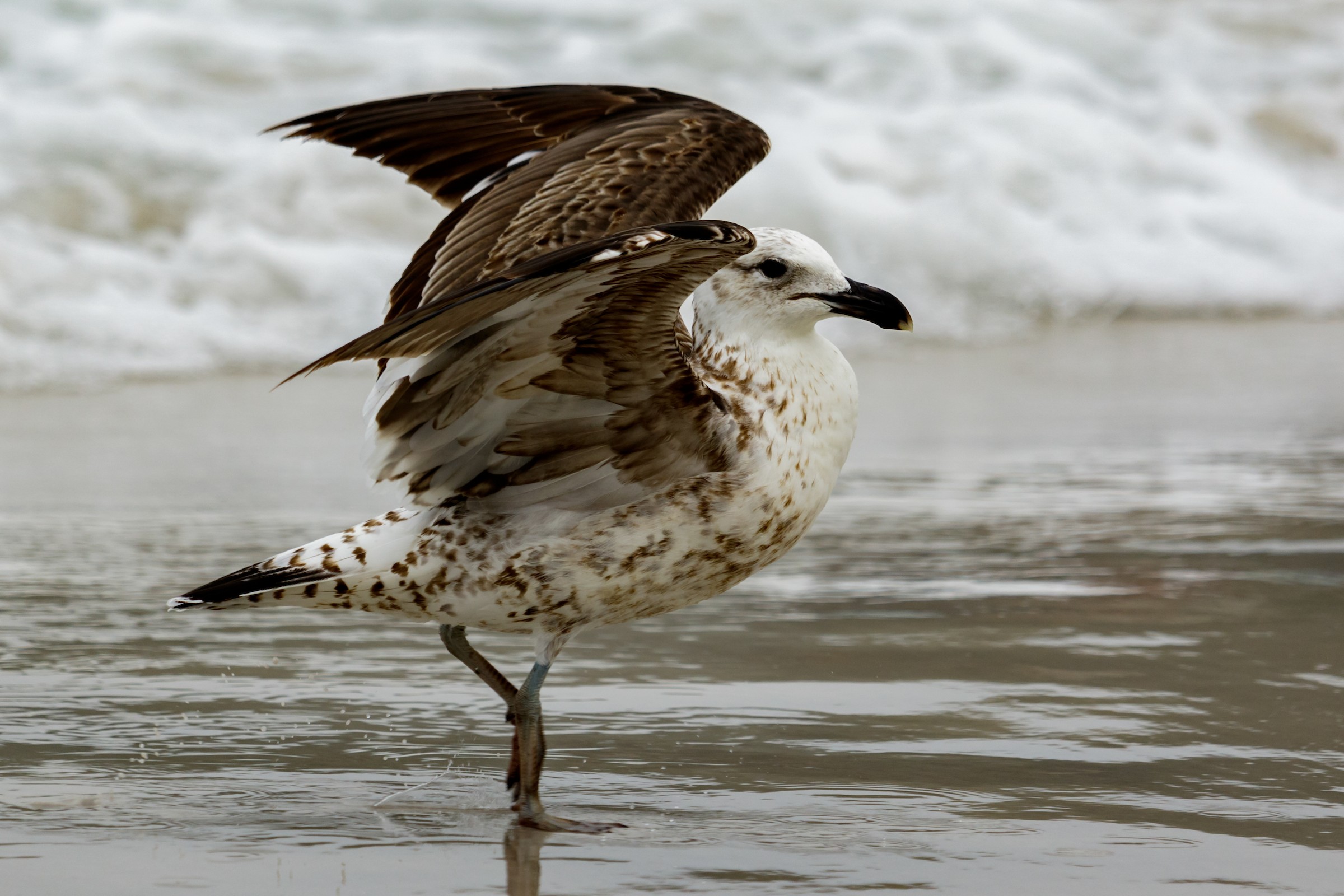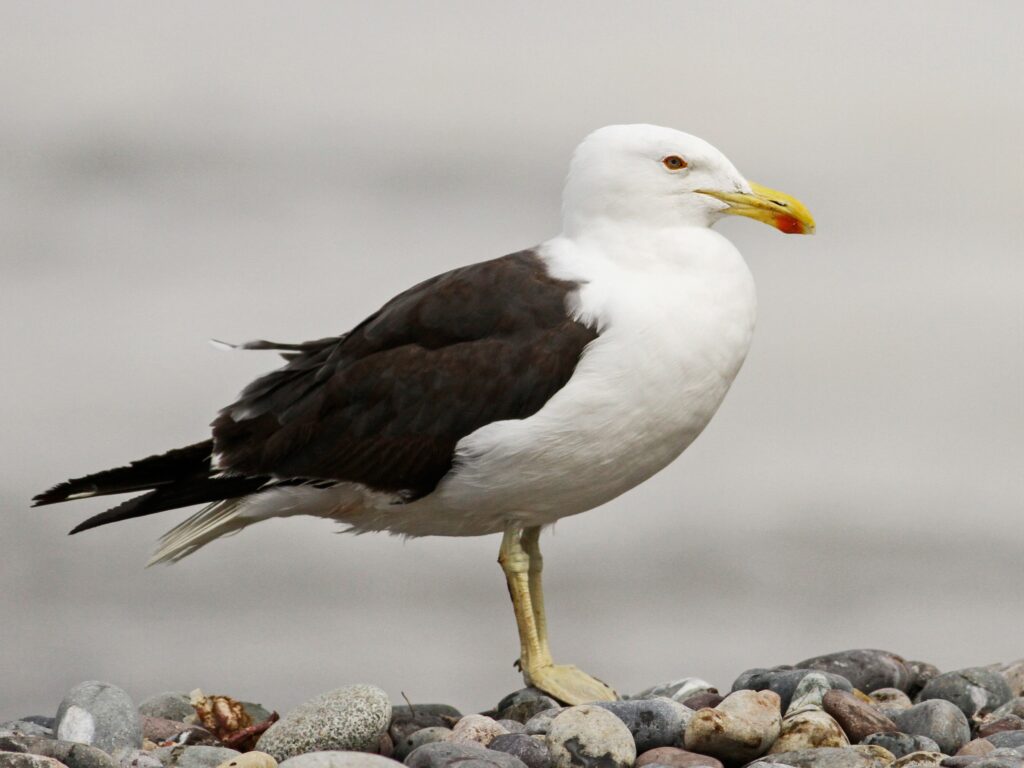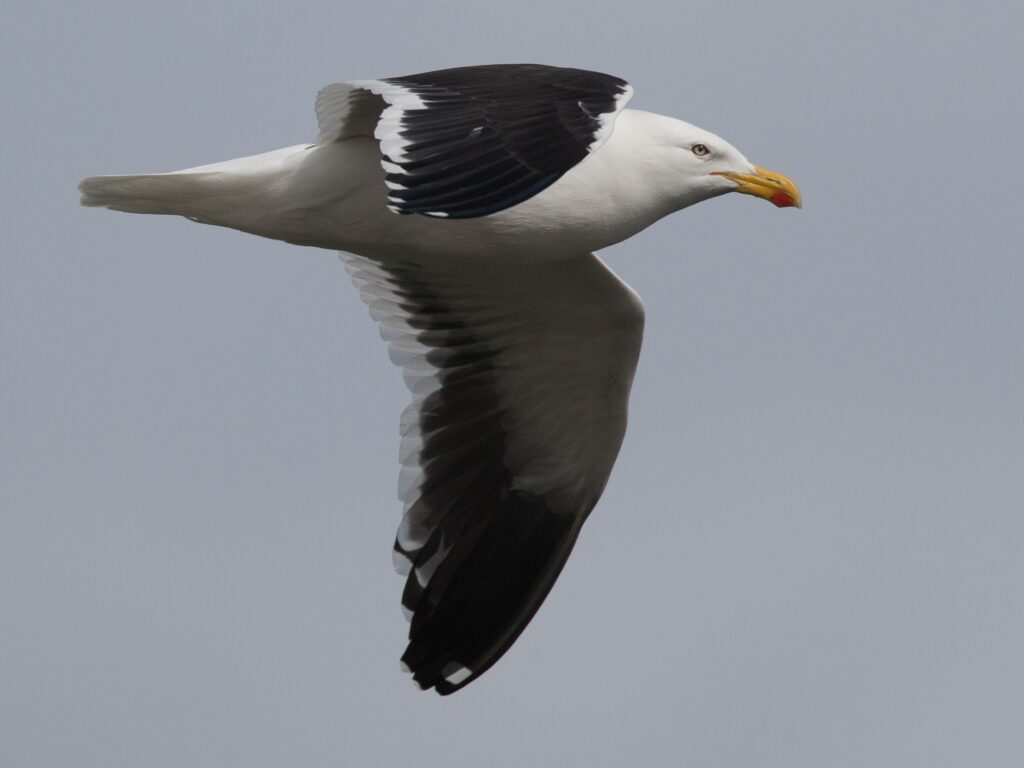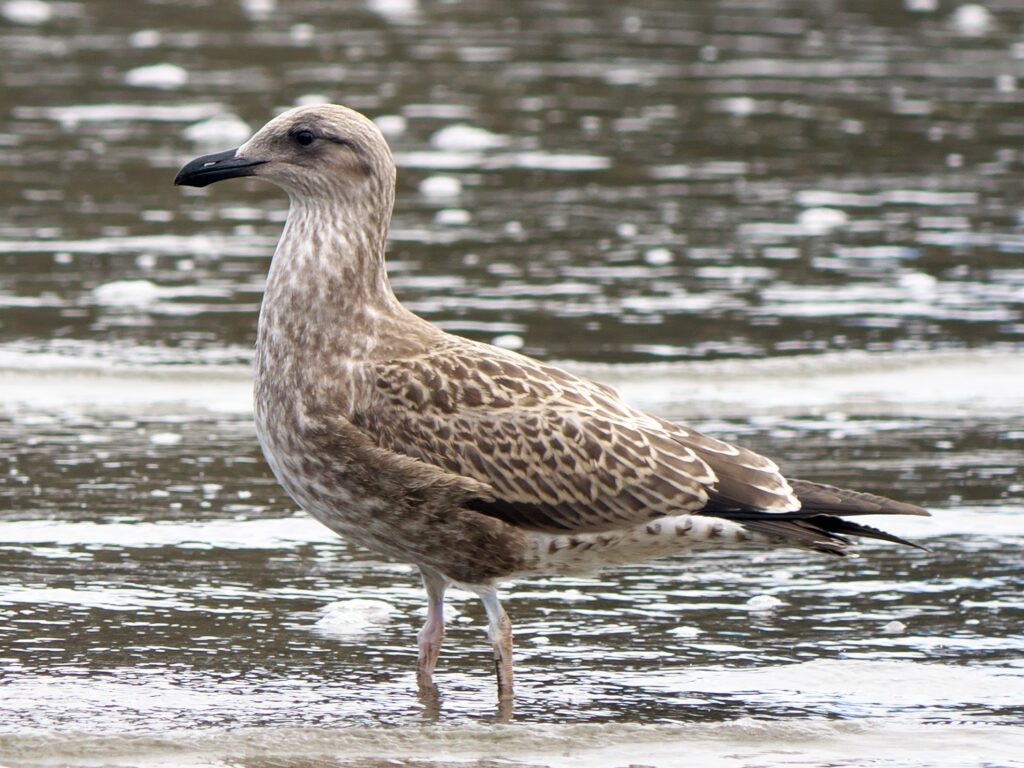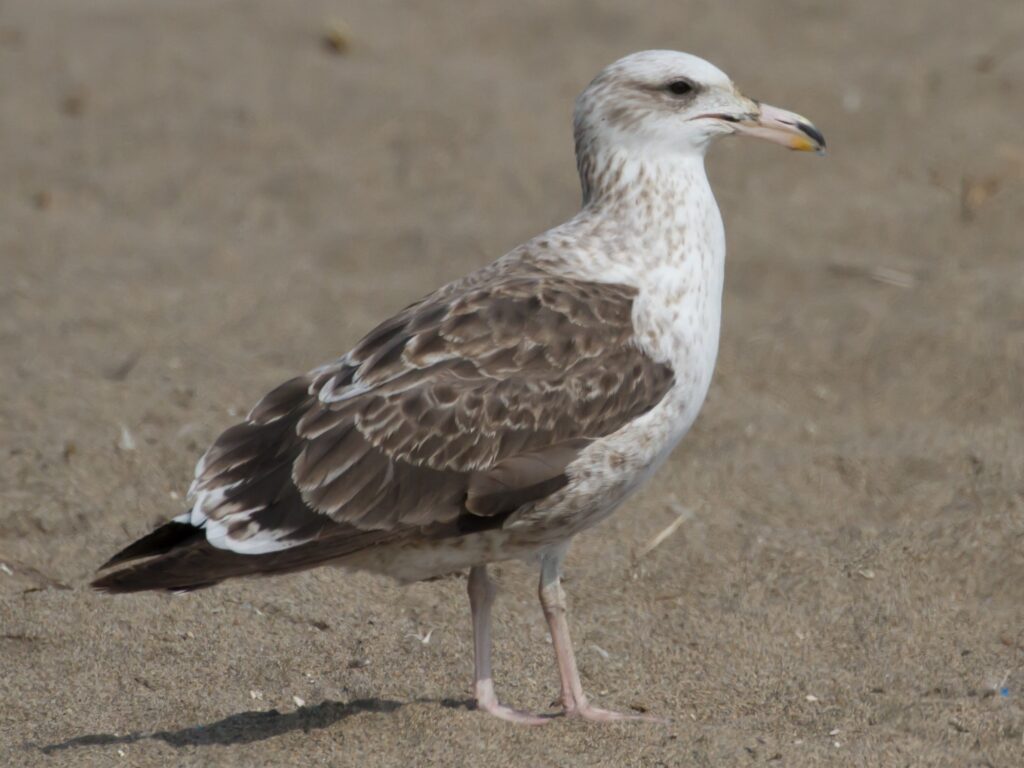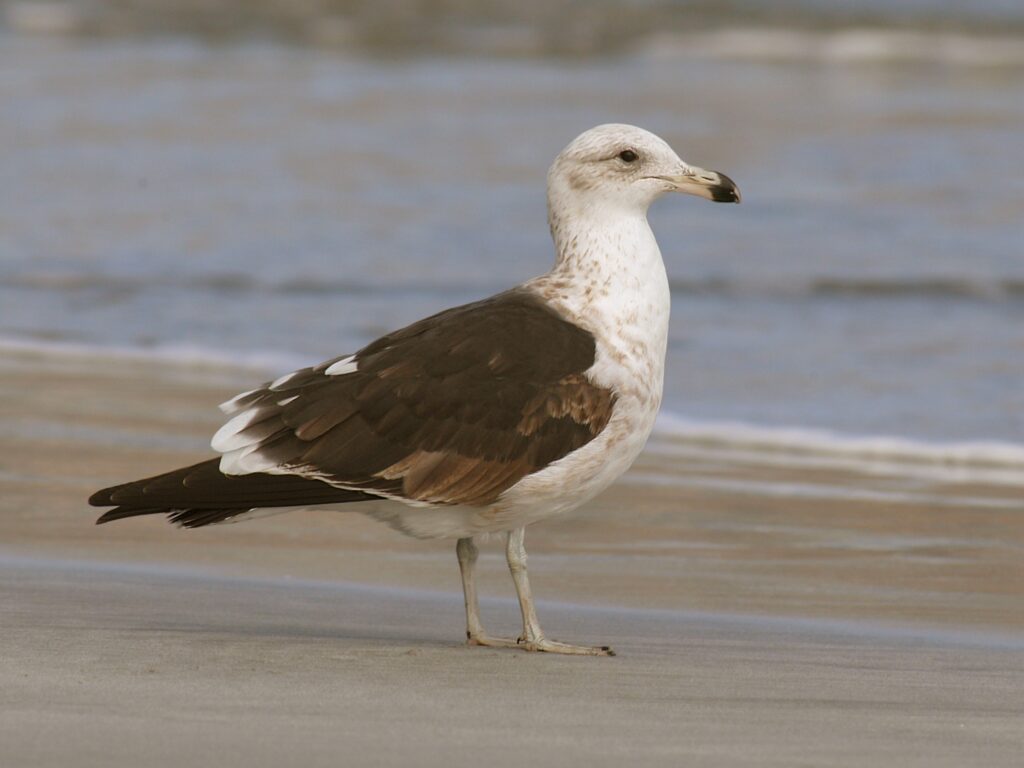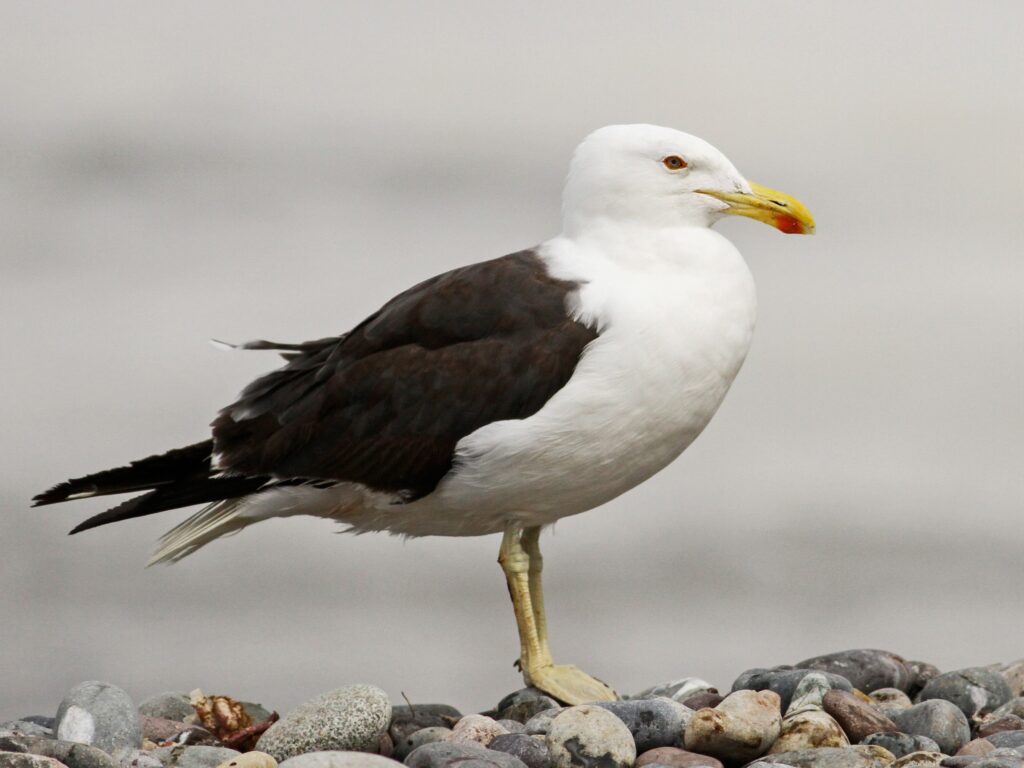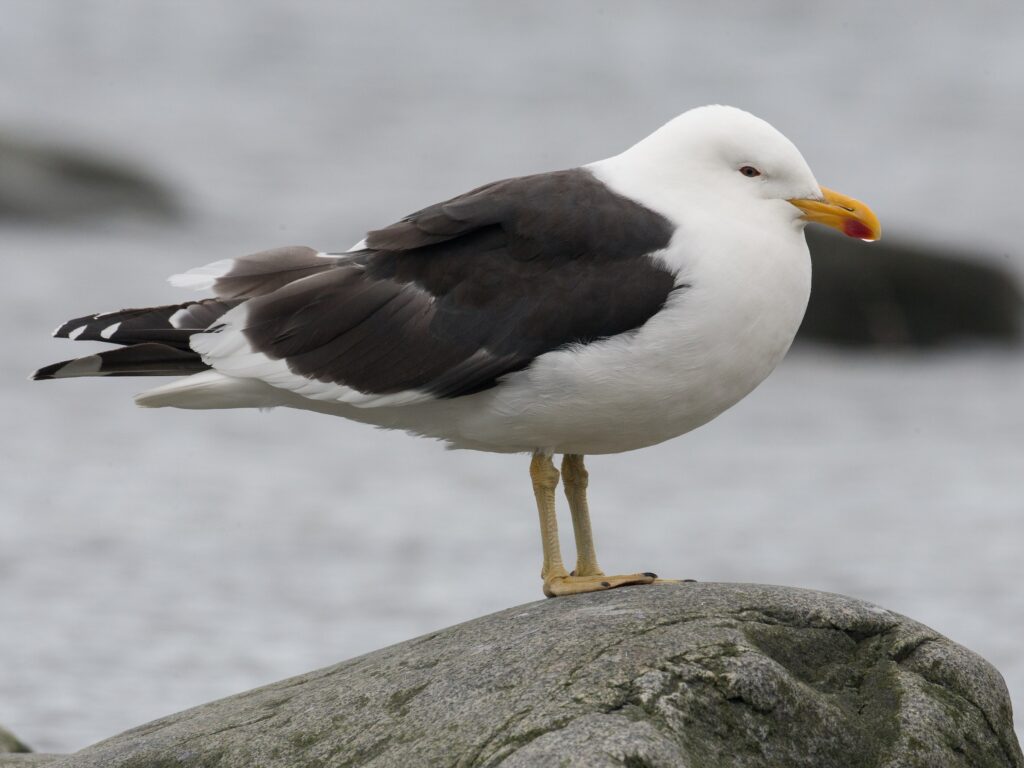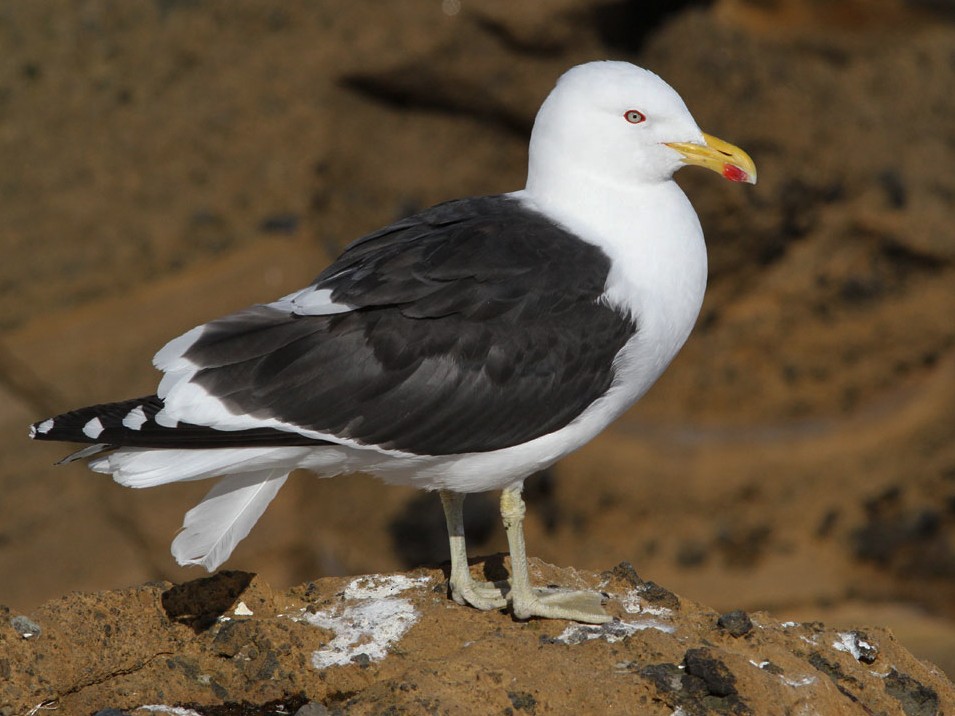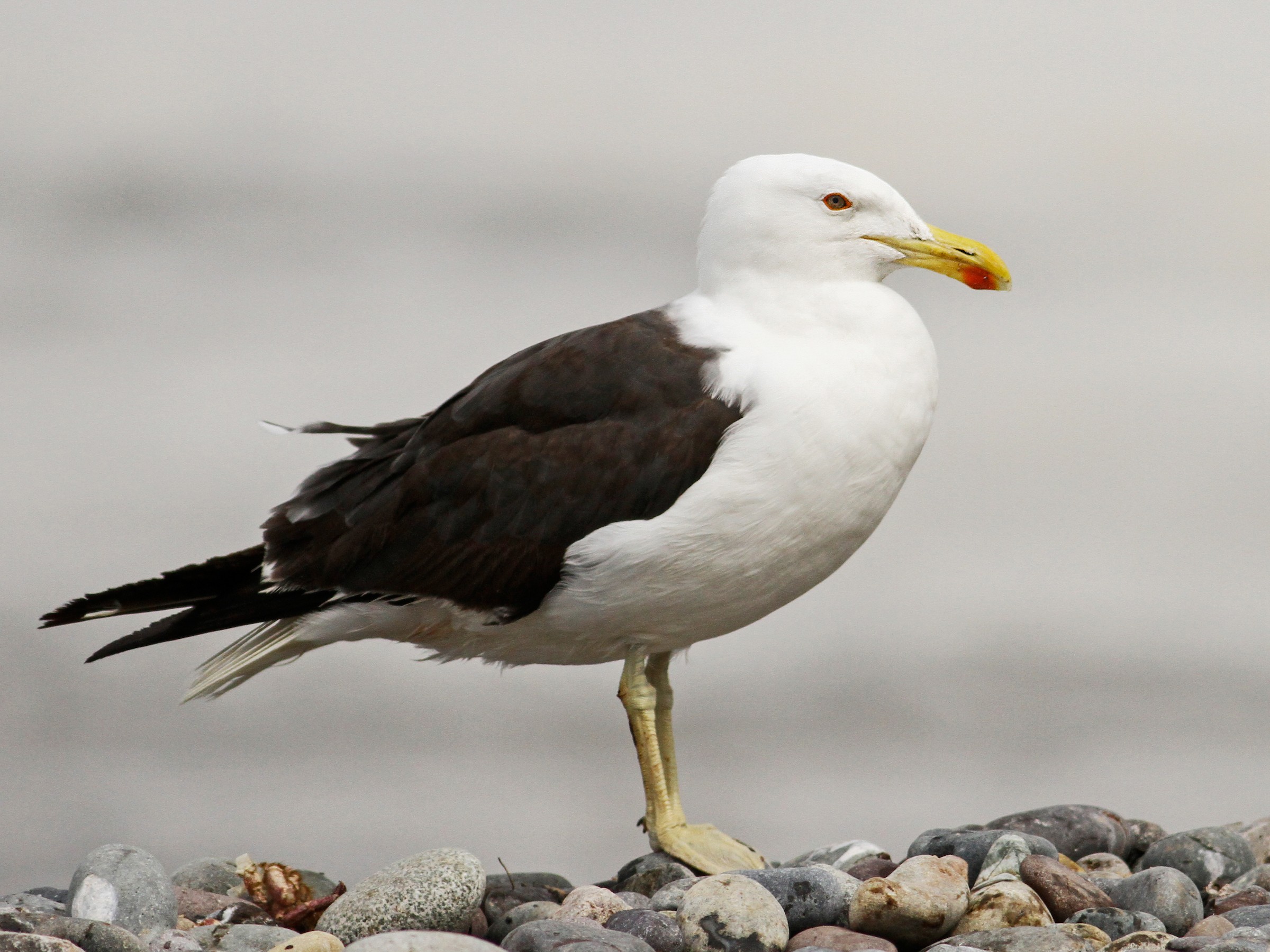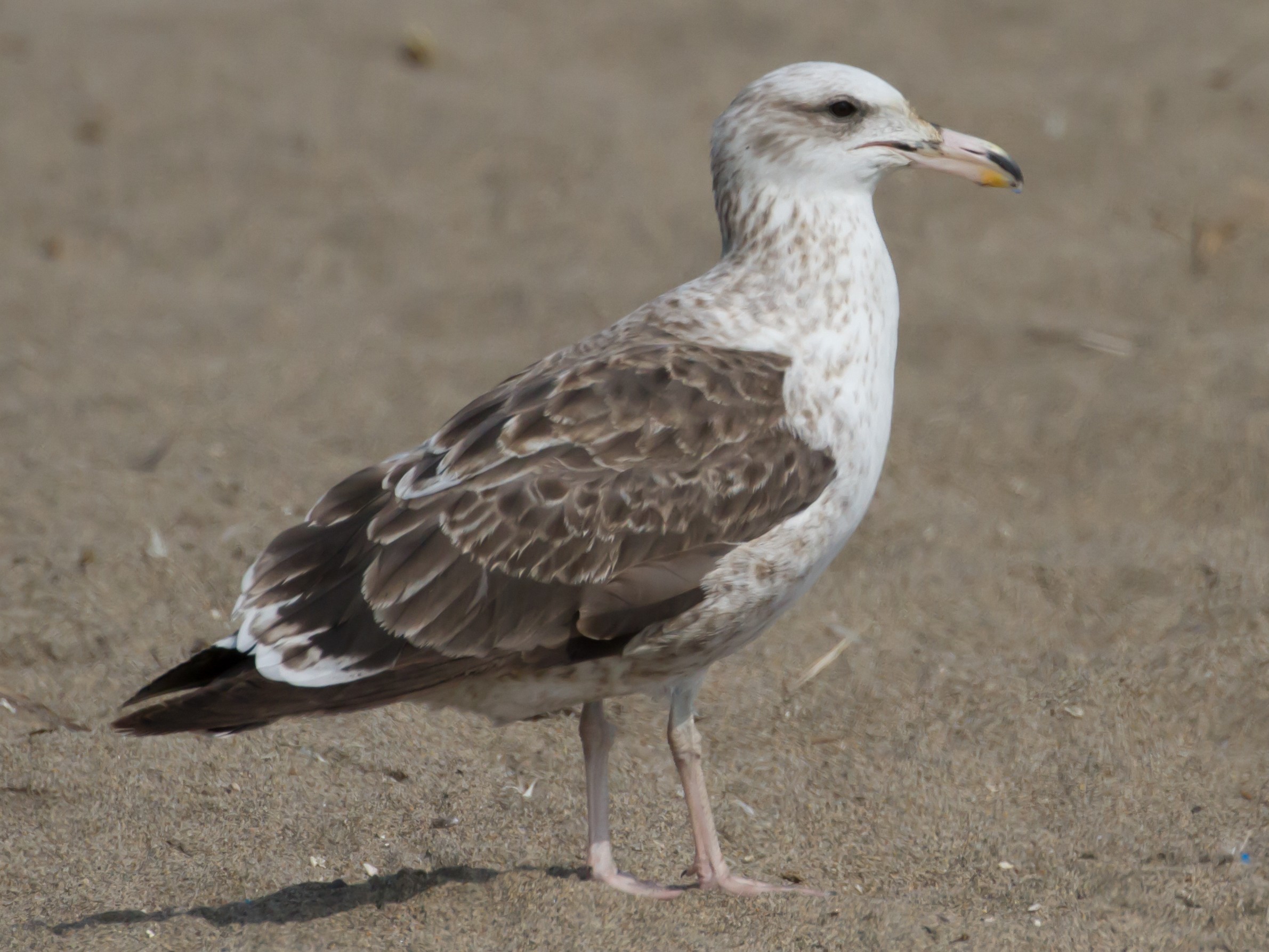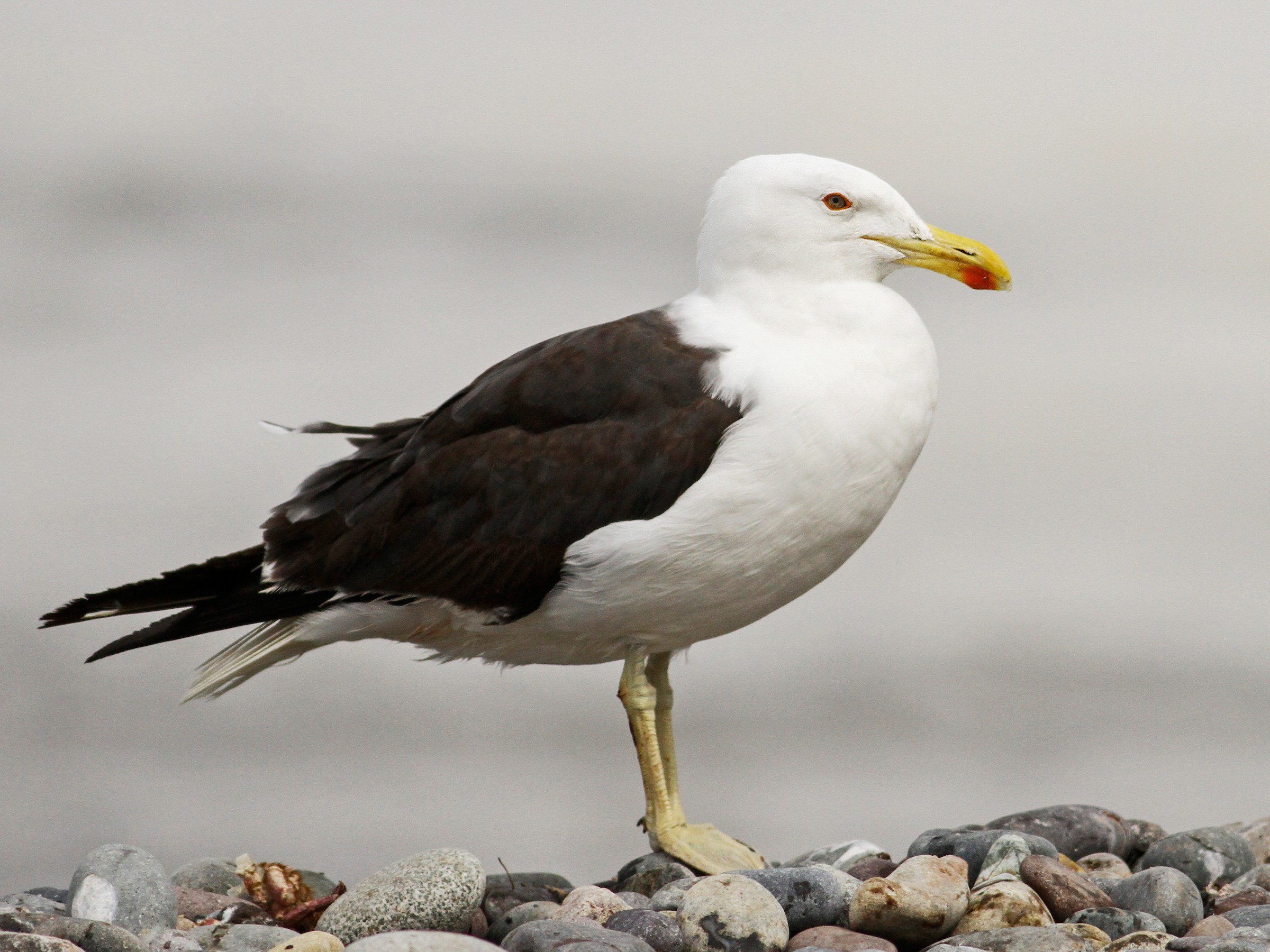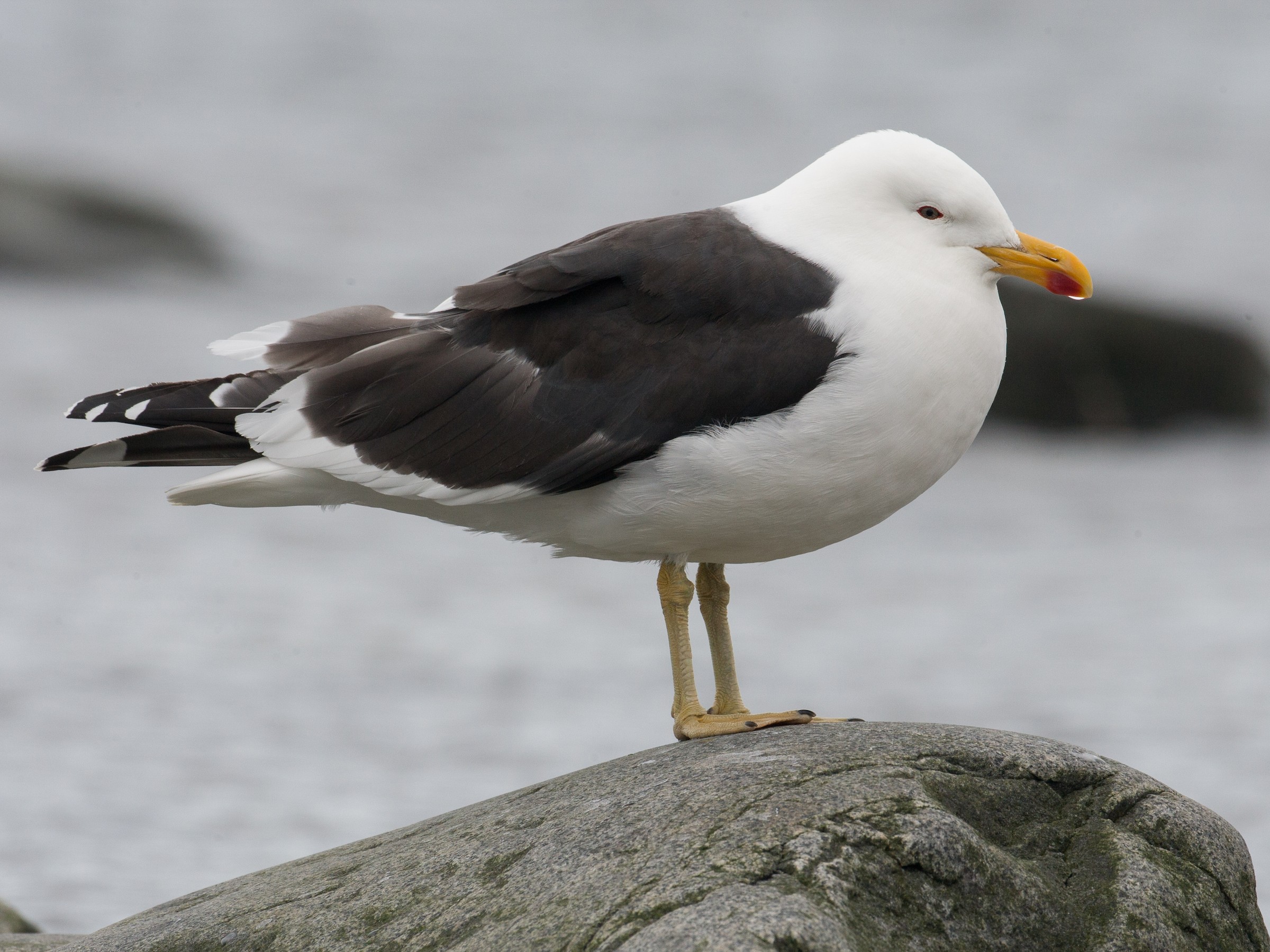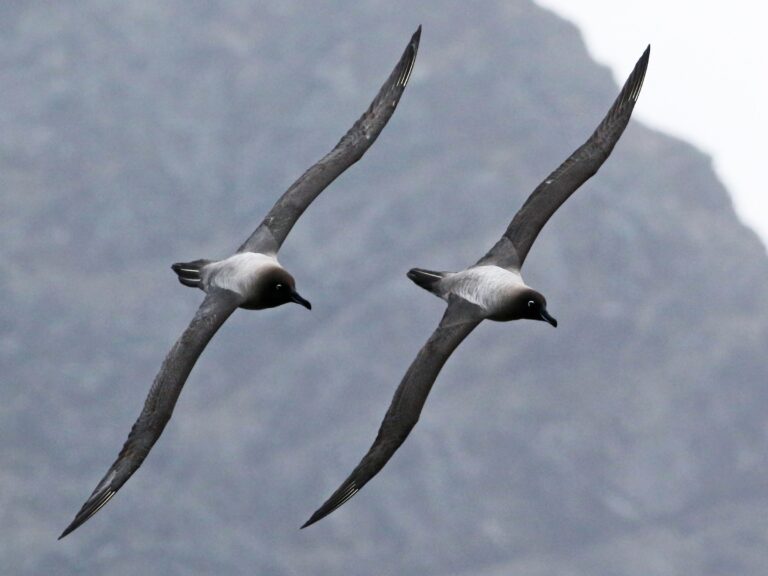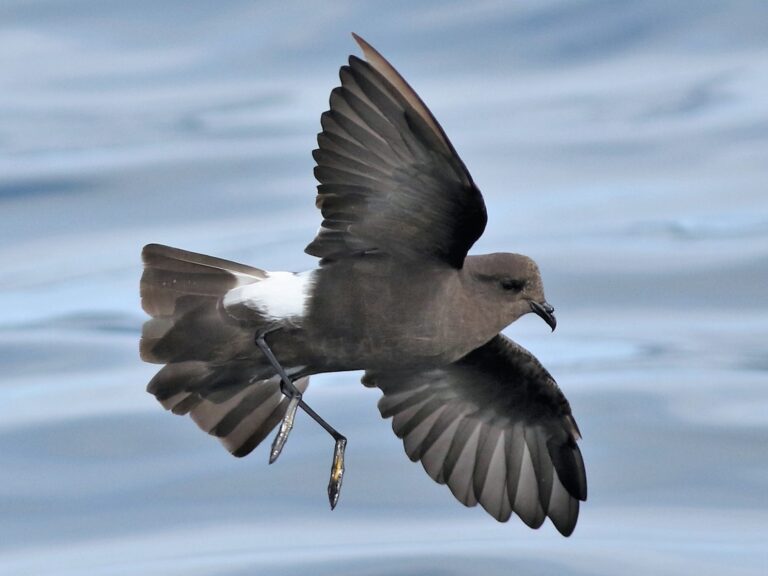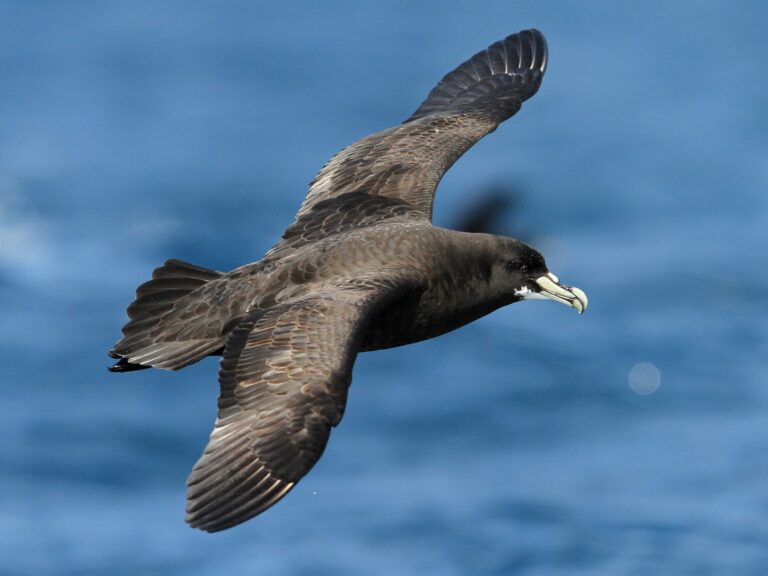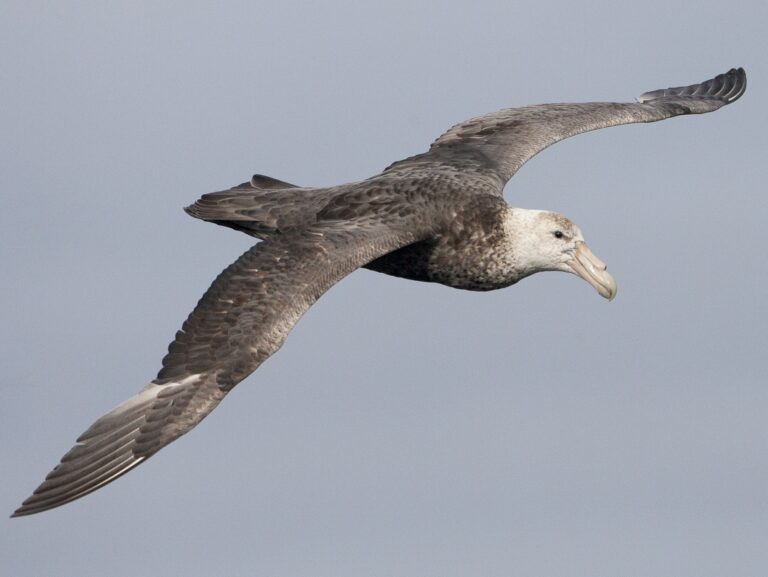Kelp Gull: The Resilient Seagull Dominating Coastal Ecosystems
The Kelp Gull, or Larus dominicanus, is a fascinating seabird found primarily in the Southern Hemisphere. This adaptable bird thrives in diverse habitats, from coastal areas to urban environments, showcasing its remarkable ability to forage for food. Its diet is varied, making the Kelp Gull a generalist consumer that plays an essential role in its ecosystem.
Conservation of the Kelp Gull is important as it faces various threats, including habitat degradation and competition with other species. Understanding its behavior, breeding patterns, and distribution can enhance efforts to protect this adaptable bird.
Key Takeaways
- The Kelp Gull is a versatile seabird known for its diverse diet.
- Its breeding habits and habitats vary widely across the Southern Hemisphere.
- Conservation efforts are critical to ensure the survival of the Kelp Gull amidst environmental challenges.
Taxonomy and Description
The Kelp Gull, known scientifically as Larus dominicanus, is a species of gull found mainly in the Southern Hemisphere. This section covers its classification, distinct characteristics of adults and juveniles, and their developmental stages.
Latin Name
The scientific name for Kelp Gull is Larus dominicanus. This name reflects its classification within the genus Larus, which includes several species of gulls. The specific epithet “dominicanus” indicates its discovery near the Dominican Republic, although the bird is now found widely in coastal regions across South America, Australia, and Africa.
Adult Characteristics
Adult Kelp Gulls are medium to large birds with a wingspan reaching approximately 1.3 to 1.5 meters. They have a distinctive appearance characterized by a strong bill, white head, and dark gray wings.
Their back and upper wings are gray, while their underparts are predominantly white. They possess a yellow bill with a red spot near the tip, which helps in attracting mates. Adult Kelp Gulls are usually known for their bold and aggressive behavior, especially when it comes to feeding.
Juvenile Development
Juvenile Kelp Gulls exhibit a different appearance than adults. They are covered in brown and white mottled feathers that help them blend into their surroundings. This camouflage is crucial for their survival, as it protects them from predators.
As they mature, their plumage gradually changes. By their second year, they start to develop the adult coloration. The transition can take up to four years for full maturity. Juvenile Kelp Gulls are often seen in groups, learning to explore their environment and develop foraging skills from older gulls.
Habitat and Distribution
Kelp Gulls have diverse habitats and a wide distribution across various regions. They are primarily found along coastlines, beaches, and sometimes in urban areas. Their presence spans several continents, connecting them to rich marine environments.
Global Range
Kelp Gulls are widely distributed in the Southern Hemisphere. Their range includes coastal regions of South America, parts of Australia, New Zealand, and southern Africa. They are often seen in marine environments that support large populations of fish and other marine life. The species has adapted well to different habitats, thriving near urban areas and natural coastal settings.
Southern Africa
In Southern Africa, Kelp Gulls inhabit a range of coastal environments. They frequent sandy beaches, rocky shores, and estuaries. This adaptability allows them to exploit various food sources, including fish and marine invertebrates. The population here is known for nesting in colonies on cliffs or islands, providing protection from predators. Research shows that these gulls can change their foraging patterns based on local conditions.
South America
Kelp Gulls in South America occupy a vast habitat along the Pacific and Atlantic coasts. They are particularly common in countries like Chile and Argentina. These gulls often form large breeding colonies on remote islands and coastal areas. Their nesting sites are crucial for their reproductive success, as they prefer locations that offer safety from disturbances. They utilize a variety of foraging techniques, often scavenging from fishing activities along the coast.
Australia and New Zealand
In Australia and New Zealand, Kelp Gulls are seen in diverse habitats, from busy urban beaches to remote coastal regions. They are particularly abundant on the southern coast of Australia and throughout New Zealand. Their presence in these regions is supported by a diet rich in seafood, which includes fish and crustaceans. Nesting occurs on rocky ledges or sandy beaches, ensuring that they remain undisturbed. Both countries provide ideal conditions for their breeding and foraging needs.
Breeding and Life Cycle
Kelp Gulls have a distinct breeding cycle that includes specific seasons, mating rituals, and nesting behaviors. These aspects are crucial for their reproductive success and the survival of their chicks.
Breeding Season
Kelp Gulls typically breed between December and April. The exact timing can vary by location, but this period sees the highest activity. During these months, Kelp Gulls prepare for nesting and raising their young.
Most breeding sites are selected early in the season. The competition for suitable locations can be intense, as these birds prefer coastal areas that provide safety and abundant food.
Mating Rituals
Mating in Kelp Gulls includes various elaborate behaviors. Courtship often involves calling, posturing, and synchronized flying. These displays help strengthen the bond between a male and female.
Once a pair forms, they will often mate for life. This long-term partnership increases the chances of successful breeding in consecutive seasons. The rituals also help ensure that both birds are committed to their shared responsibilities.
Nesting Sites
Kelp Gulls favor open areas to build their nests, often on cliffs or sandy beaches. They typically choose locations that are away from heavy human activity to protect their eggs and chicks from potential disturbance.
Nests are often simple, made of grass, seaweed, and other natural materials. A well-constructed nest provides a safe environment for the eggs during the incubation period.
Chick Rearing
After mating, Kelp Gulls usually lay 2 to 3 eggs, which they incubate for about 28 to 30 days. Both parents share the incubation duties, ensuring that the eggs remain warm and secure.
Once hatched, chicks are precocial, meaning they can walk and feed themselves shortly after birth. However, they remain dependent on their parents for protection and food during the first few weeks of life. Parents continue to care for their young until they are fully fledged, which can take around 6 to 8 weeks.
This parental investment is vital for the survival of Kelp Gulls, as it helps the chicks mature and learn vital skills for life outside the nest.
Moulting Patterns
Moulting is an essential process for Kelp Gulls, as it affects their plumage and overall health. There are two primary types of moult: pre-basic and complete. Each type serves a specific function in the gull’s life cycle.
Pre-Basic Moult
Kelp Gulls undergo pre-basic moult primarily before the breeding season. This moult involves shedding old feathers to prepare for new, healthier ones.
During this process, adult birds replace their feathers in a specific sequence, which can vary slightly based on geographic location. New feathers improve flight efficiency and enhance the gull’s appearance.
The timing of pre-basic moult can impact breeding success, as fresh plumage is often more attractive to potential mates. Kelp Gulls typically start this moult in late summer or early autumn.
Complete Moult
Complete moult occurs after the breeding season and includes the replacement of all flight feathers. This extensive moult typically takes place during the fall and winter months when food resources are often more abundant.
During this phase, Kelp Gulls lose and regrow their primary and secondary feathers. This cycle can take several months, making it a critical time for the birds to avoid predators.
The complete moult allows adults to maintain optimal flight performance, essential for foraging and escaping threats. Kelp Gulls display a specific timing and pattern in their complete moult, which indicates their health status and adaptability to environmental changes.
Conservation and Threats
Kelp Gulls face various conservation challenges, including environmental threats and ongoing conservation efforts. Understanding these factors is crucial for the protection of this species.
Conservation Status
The conservation status of the Kelp Gull varies by region. In some areas, it is considered to have a stable population. For example, their numbers have increased in parts of South Africa. However, there are concerns in regions like Argentina where urban development has impacted their habitats. The IUCN Red List currently lists the Kelp Gull as a species of least concern, but continuous monitoring is essential. Population assessments help track changes and determine necessary actions for their protection.
Environmental Threats
Kelp Gulls face several environmental threats that impact their survival. Urbanization is a significant issue, as coastal development destroys nesting sites. Additionally, pollution from plastics and chemicals can harm their feeding grounds. They often scavenge near human settlements, which exposes them to risks such as ingestion of harmful waste. Predation also poses a threat, especially for their eggs and chicks. Changes in climate and overfishing further impact the availability of their food sources, leading to increased competition for resources.
Conservation Efforts
Conservation efforts for Kelp Gulls include habitat protection and promoting awareness. Organizations work to safeguard critical breeding sites, especially along coastal areas. Educating the public about the importance of this species is crucial. Some programs focus on monitoring population trends to better understand their needs. Regulations on fishing and pollution control also play a role in protecting their environment. Collaborations among governments, NGOs, and local communities are vital for successful conservation actions. These efforts should aim to maintain healthy populations of Kelp Gulls and their habitats for future generations.
Field Identification
Identifying Kelp Gulls in the field requires attention to their physical features, behaviors, and calls. Observers can make accurate identifications by focusing on specific characteristics that differentiate adults from juveniles.
Visual Identification
Kelp Gulls exhibit distinct visual traits. Adult Kelp Gulls have a gray back, white head, and a black wing with white tips. They also possess a bright yellow bill with a red spot on the lower mandible. In contrast, juvenile gulls are brown and mottled, lacking the characteristic adult markings. Their wings are also less defined, appearing darker and more uniform.
The tail of Kelp Gulls is another key feature. Adult tails are white with a black band, while juvenile tails have broader dark bars. Observers can refer to a field guide for visual comparisons that enhance identification accuracy.
Behavioral Markers
Kelp Gulls are generally social birds. They often congregate in groups, especially during foraging. Their behavior includes squabbling over food, which can aid in identification.
When feeding, Kelp Gulls display diverse foraging strategies. They can be seen scavenging at beaches or diving for fish. Their adaptability to various foraging habitats is notable, allowing them to switch between marine and coastal environments. This behavior can help distinguish them from other gull species that may have more specialized diets.
Vocalizations
Vocalizations of Kelp Gulls are quite distinctive. They produce a range of calls, often described as loud and harsh. Adults typically emit a “ka-ka” sound, while juveniles have a softer, more varied repertoire.
These calls serve various purposes, such as signaling alarm or communicating with flock members. Observers can use vocalizations to help confirm identification, especially when visual cues are not clear. Familiarity with their sounds makes it easier to recognize Kelp Gulls in mixed flocks with other gull species.
Frequently Asked Questions
This section addresses common questions about Kelp Gulls, focusing on their physical differences, diet, behaviors, vocalizations, habitats, and conservation concerns. Each point provides specific insights into the characteristics and challenges of this species.
How can you differentiate between juvenile and adult Kelp Gulls?
Juvenile Kelp Gulls have a mottled brown plumage that gradually changes to the adult’s distinctive grey and white feathers. Adults have bright yellow legs and a strong yellow bill with a red spot, making them easily recognizable. The difference in coloration is the most significant visual cue between the two ages.
What is the typical diet of a Kelp Gull in its natural habitat?
Kelp Gulls are opportunistic feeders. Their diet mainly consists of fish, crustaceans, and small marine animals. They are also known to scavenge from landfill sites, which adds variety to their diet and allows them to thrive in different environments.
What notable behaviors are observed in Kelp Gulls?
Kelp Gulls display a range of interesting behaviors. They are known for their intelligence and problem-solving skills, often using collaborative techniques to access food. Additionally, they can be quite aggressive, especially when defending their nesting territories or food sources.
How do the calls of Kelp Gulls differ from other gull species?
The calls of Kelp Gulls are distinctive and vary from sharp, loud screams to softer, hoarse notes. These vocalizations are used for communication among mates and during territorial disputes. Compared to other gulls, Kelp Gulls have a more varied and unique set of calls.
Where are Kelp Gulls most commonly found?
Kelp Gulls inhabit coastal regions and are commonly found in areas like Australia, New Zealand, and parts of South America. They thrive in diverse environments, from rocky shores to urban areas where food sources are abundant. Their adaptability contributes to their widespread distribution.
What are the main threats to the Kelp Gull population?
Kelp Gulls face several threats that can impact their populations. Habitat destruction, pollution, and climate change are significant concerns. Additionally, competition for food with other seabirds poses a challenge, making conservation efforts essential to maintain their numbers.
